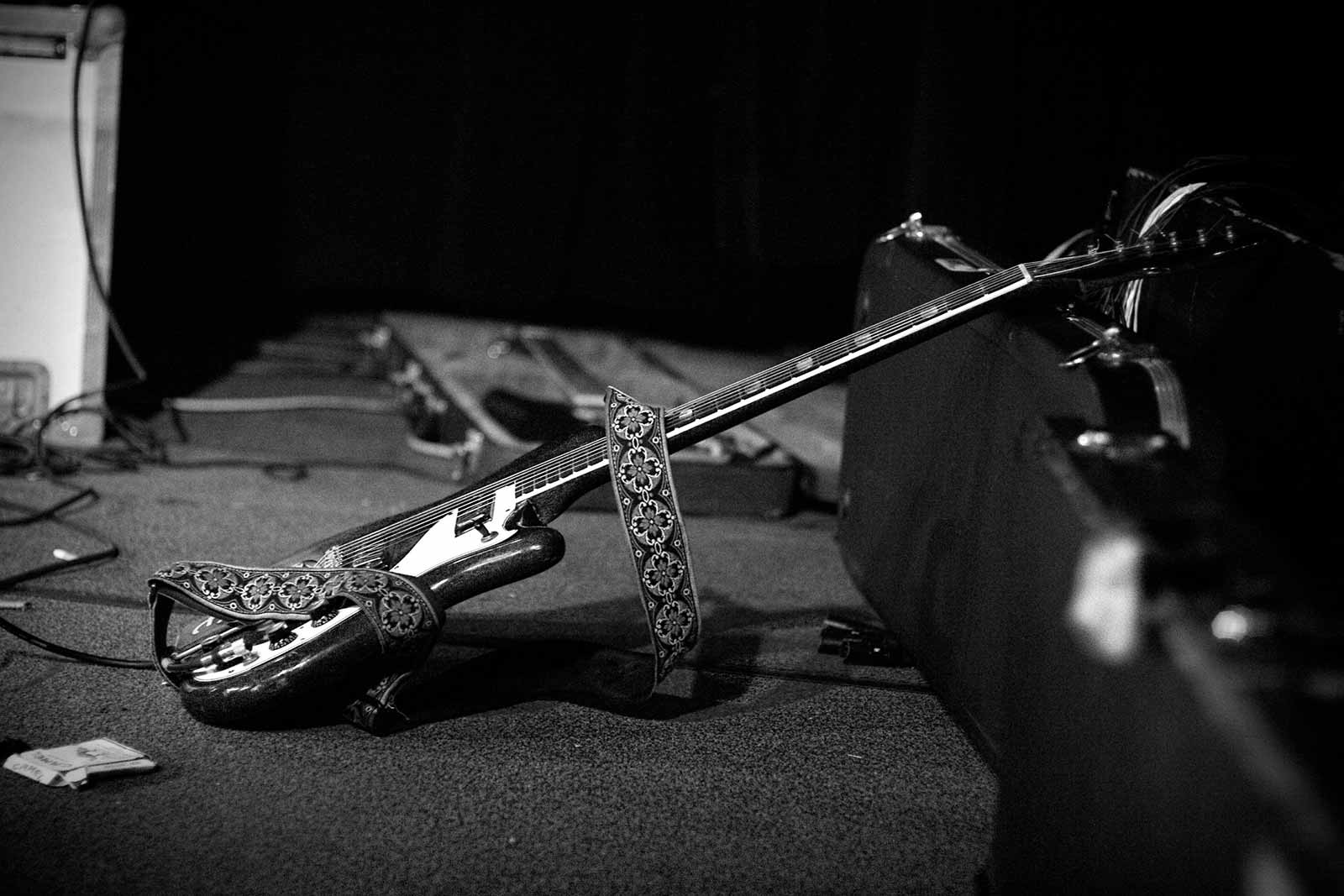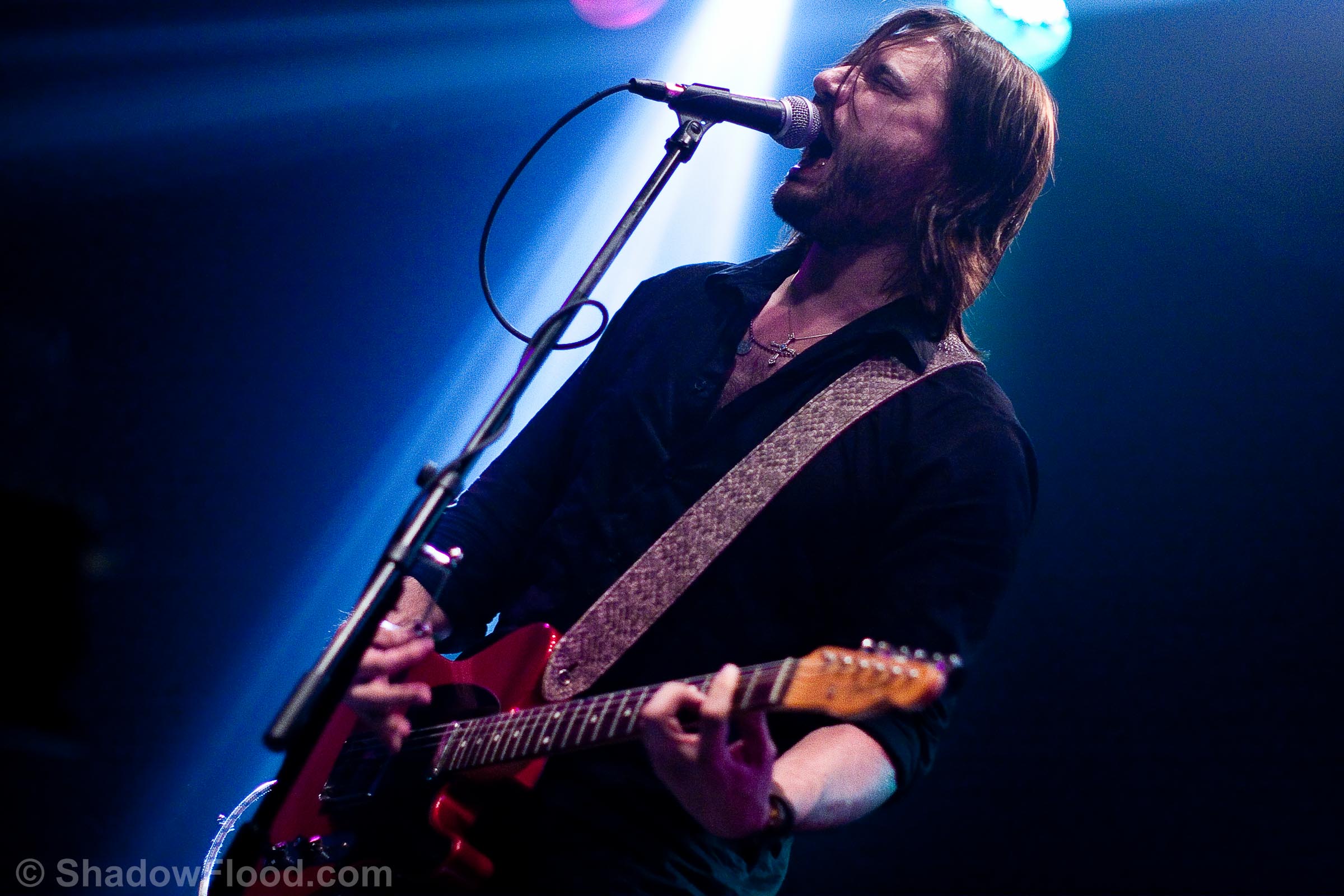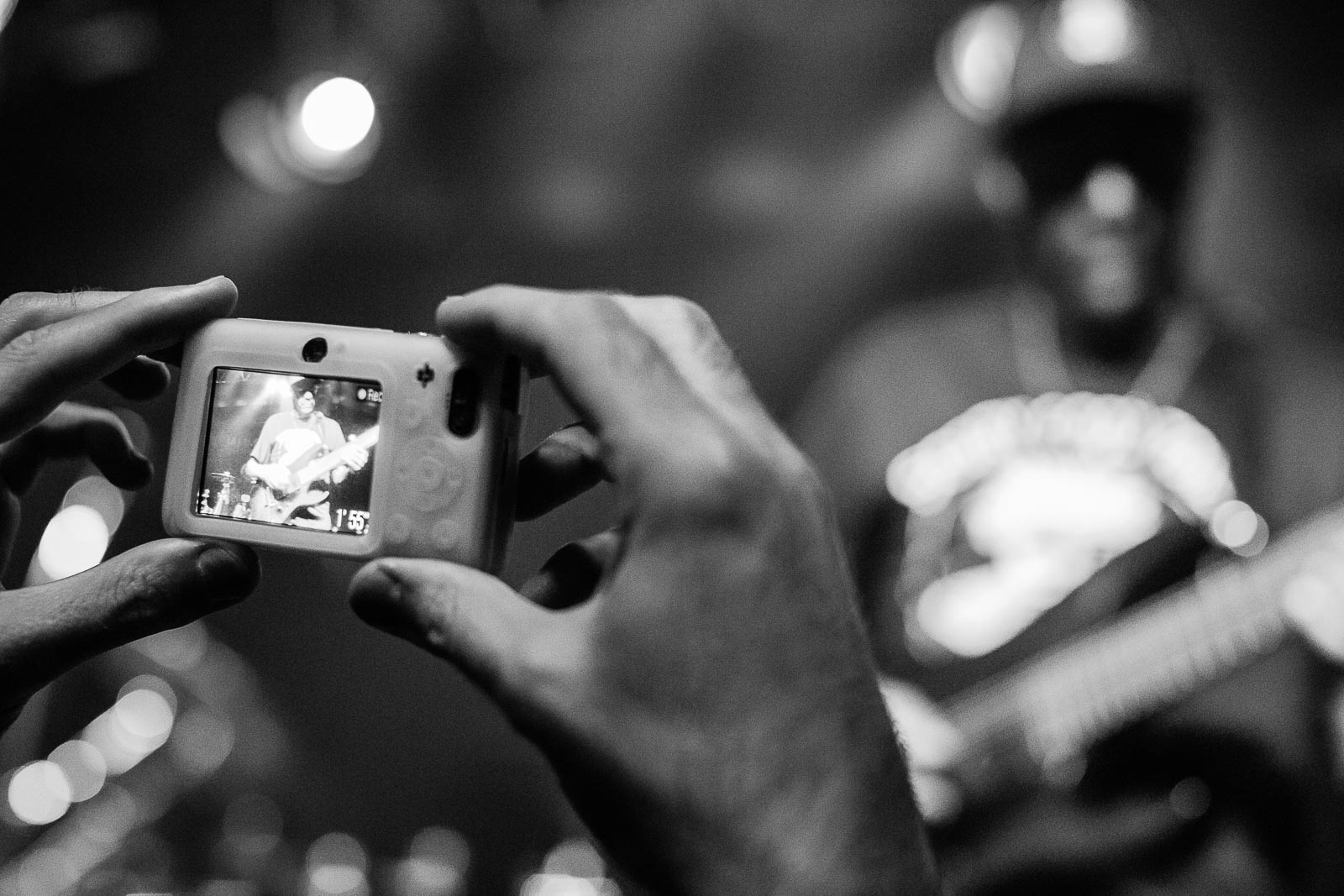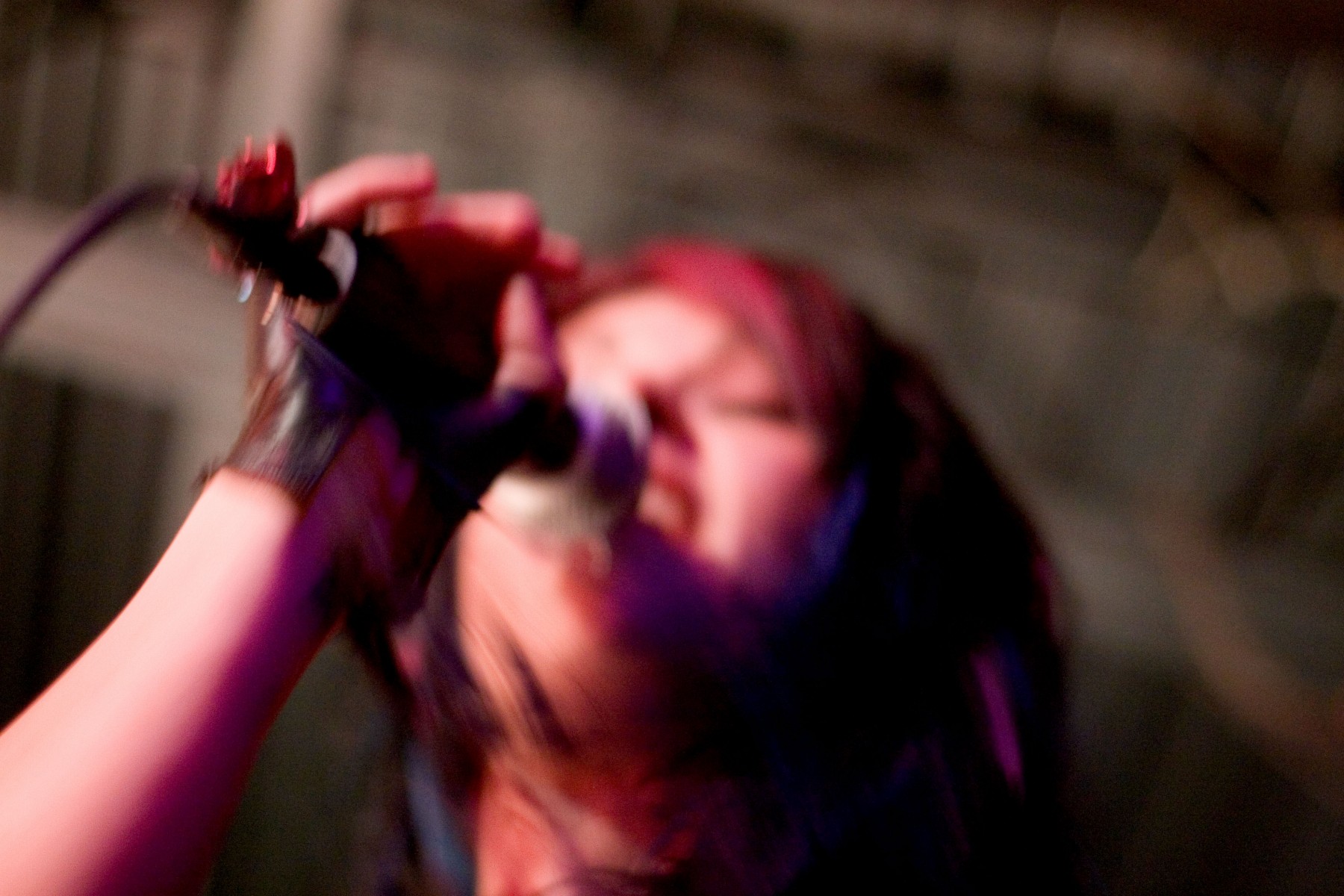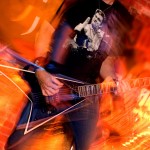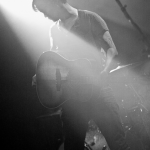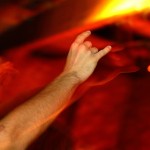Being a crappy guitar player and loving 80's synth riffs, somehow, made me a better photographer
I think that one thing that makes me a good (descent? maybe?) live music photographer is that I'm a musician (a bad one) before I'm a photographer. Like any kid growing up in any town across the world, I had parents that encouraged me to try all kinds of things. I played clarinet throughout middle school and high school. I (forcibly) took piano lessons. And, most importantly, I picked up the guitar somewhere around 7th or 8th grade.
Riffs
I took to guitar. Loved it. I credit my friend Trey with turning me on to Van Halen and it was all over for me. I think it was the first time I heard…riffs! 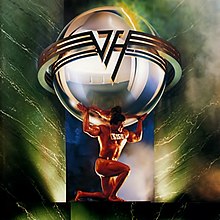 Actually, no I take that back. I think the first time I really heard what I would later come to know as riffs was that song, Axel F, from the Beverly Hills Cop soundtrack. That and the Miami Vice soundtrack. Aw, man, I loved those songs! I think that should have been my first clue that I would love music, not songs — I was fascinated with instrumentals.
Actually, no I take that back. I think the first time I really heard what I would later come to know as riffs was that song, Axel F, from the Beverly Hills Cop soundtrack. That and the Miami Vice soundtrack. Aw, man, I loved those songs! I think that should have been my first clue that I would love music, not songs — I was fascinated with instrumentals.

So, anyway, where was I…Oh, yes, guitar. Once I discovered guitar and distortion and rock n' roll, like any good rock fan, it changed me. I played all the time. I was OK. I know that I'm not naturally talented like many of the artists I photograph. What that translates to in terms of photography is that I find my self paying attention to things that a musician might pay attention to.
- Hand positions.
- When's the chorus kick in?
- When is the player in the middle of a downstroke?
- Why the heck does a barre chord just photograph better than a G chord?
These are things I notice that photographers who have never picked up a guitar will ever key in on. It helps.
Ok, ok, what’s your favorite piece of gear?
Me? I can do with crappy camera bodies, but good glass is where it’s at. I’m in love with my 50mm f1.2. This thing is a beast. It’s basically on my camera body 95% of the time. No joke. The thing is a magic light vortex that makes dark stages look like a f@#$ing blazing sun.
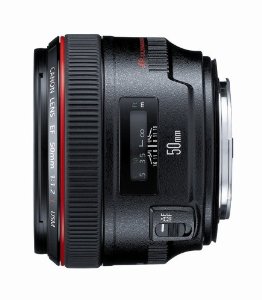
I f@#$ing love you, my fat little friend.
And, no, I don’t actually shoot wide open all the time. If there’s one thing I’ve come to love about Canon L class lenses, it is the color reproduction. Everything just comes out looking way more colorful. And that’s something I’d rather not have to deal with in post.
But, yeah, having f1.2 is pretty awesome.
When I first got into photography, I got all wound up over all the same things as everyone else.
- Is it tack sharp?
- Is that a speck of noise I see?
- Is my histogram looking like a perfect rolling little hill?
Forget that stuff, man. It’s OK to not be tack sharp sometimes and it’s ok to have a little noise. Heck, I’ve added noise before. I don’t do that any more. For some kinds of photography technical perfection certainly is important. But for capturing a show, you’re not there to capture technical mastery…you’re there to capture energy and emotion.
So, you know what…break a few rules. Let that shutter stay open just a little too long. Fuck it. If it matches the vibe of the show you’re shooting, then…awesome.
- A Fan At Jammin’ Java
Capturing sharp images in the dark is probably one of the most difficult things to do in photography. It’s, honestly, the #1 thing that people ask me at shows.
Gear gets better all the time and we’re now able to shoot at stratospheric ISOs these days. But I’ve been shooting in the dark using the same silly ‘ol technique since I had an old Nikon D70 that was the hottest thing in 2004. And it only got up to ISO 1600. That’s garbage these days. But, hey, I got a shot of my friend Scott in a Jackson Guitars catalog with that camera.
One of my not-that-great-of-a-secret to shooting in the dark is to underexpose and shoot in raw. This keeps my shutter speeds fast enough to capture the action in the dark. Sure, it’ll look like shit on the back of the camera as you’re flipping through, but, if you’re shooting in raw, you can jack the exposure up later in post.


